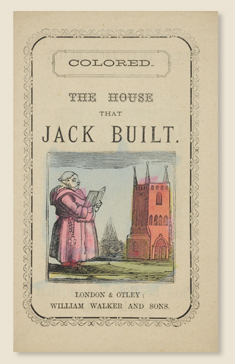In his influential study on chapbooks, Harry Weiss notes that it is somewhat misleading to speak of "chapbook authorship". This is because, with very few exceptions, chapbooks were written anonymously. Even chapbooks that were abridged from well-known works by famous authors were unlikely to provide anything more than the name of the publisher. To complicate matters further, chapbooks were often adapted from folk and fairy tales that represented "the residue of an oral lore whose origins were rooted in a long-lost antiquity" (Neuburg [1968] 2). In such cases, it becomes necessary to distinguish between the figure of the "author"—i.e. the creative locus and source of the fable, folk tale, or romance—and that of the "writer"—i.e. the person who actually wrote out the words of a particular chapbook. In other words, although the stories in chapbooks had indeed been authored, the chapbooks themselves had merely been written. This is a rather important distinction because the writer was often the same person as the publisher and typesetter, and had no pretensions to originality. This distinction also seems to be what Weiss gestures toward when he asserts that, "chapbooks are authorless" (Weiss 11).
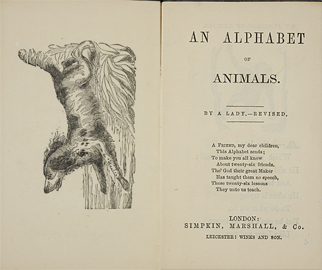 PN970 S5 A5 1865
PN970 S5 A5 1865
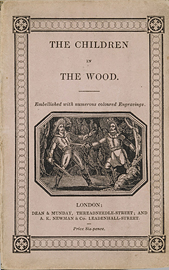
PN970 D43 C45 1814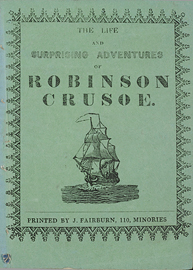
PN970 F35 L5 1819
The interpretive advantages of distinguishing between the "author" and the "writer" of a chapbook are considerable in cases where there are multiple instantiations of the same story. For example, the numerous chapbook variations of Jack The Giant Killer will not necessarily correspond with the same writer, but they invariably share a common authorial source. This is also true of stories that appeared in multiple formats. The Children in The Wood, for instance, was reprinted several times in both verse and prose and, although each instantiation can be attributed to a different writer, they can all be gathered under the rubric of common authorial intent. The need for this distinction is perhaps most explicit in cases in which the author is actually known. The numerous versions of Robinson Crusoe in McGill's chapbook collection were written at different times by a number of different people, but they are clearly recognizable as versions of Defoe's novel, rather than individually authored works. In this regard, it is necessary to attribute to most chapbooks an author and a writer. Despite the interpretive benefits of this distinction, however, both of these figures are generally beyond recovery by modern scholarship.
Victor Neuburg is equally sceptical that chapbook authorship can ever be reconstructed given the current lack of information. He analysis tends to characterize chapbooks not as individual works, but as "tangible expressions of a wide and deeply rooted folk culture" (Neuburg [1964] 6). According to Neuburg, "The prototypes of such heroes as Tom Thumb, Simple Simon and Robin Hood are of very great antiquity and their origins must be sought in the earliest beginning of language and myth…Hence no problems of authorship arise" (Neuburg [1964] 6).
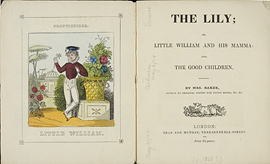 PN970 D43 H67 1811
PN970 D43 H67 1811

PN970 T44 C87 1799
Although chapbooks were generally written anonymously, there are a small number of authors known to have actually written chapbooks. For example, Oliver Goldsmith produced "numerous Abridgements…in this juvenile series for J. Newbery" (Pearson 12), and Hannah More is responsible for authoring almost half of the Cheap Repository's one hundred and fourteen tracts. Other chapbook authors were Alexander Wilson, Douglas Graham, and Thomas Gent. The authors of eighteenth- and nineteenth-century children's books are much more easy to recover and, because of their similar size, nineteenth-century children's books are frequently preserved in chapbook collections. However, printed on high quality paper, with detailed engravings, and expensive bindings, these later books would not have fit even a broad definition of chapbooks.
| < Prev | Next > |

